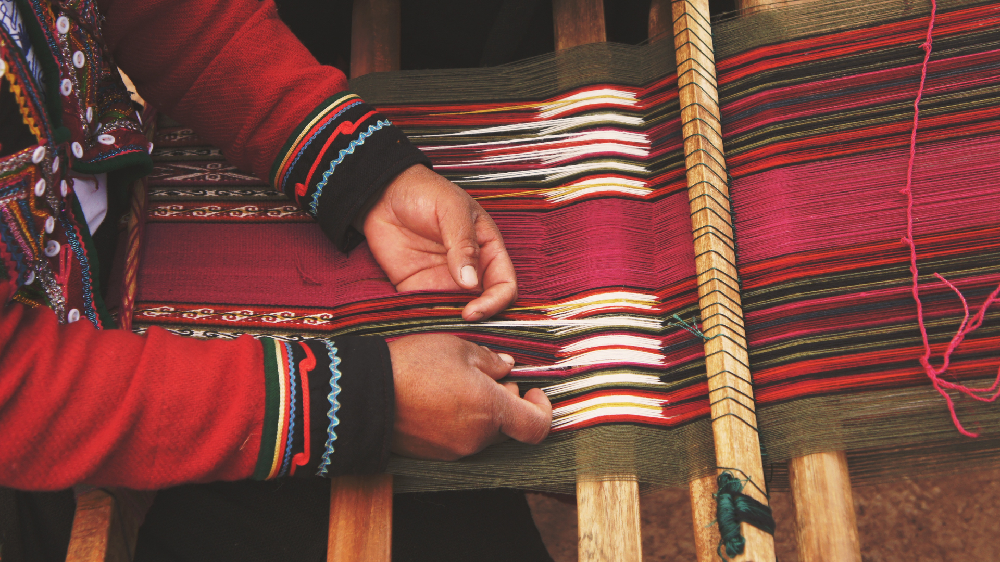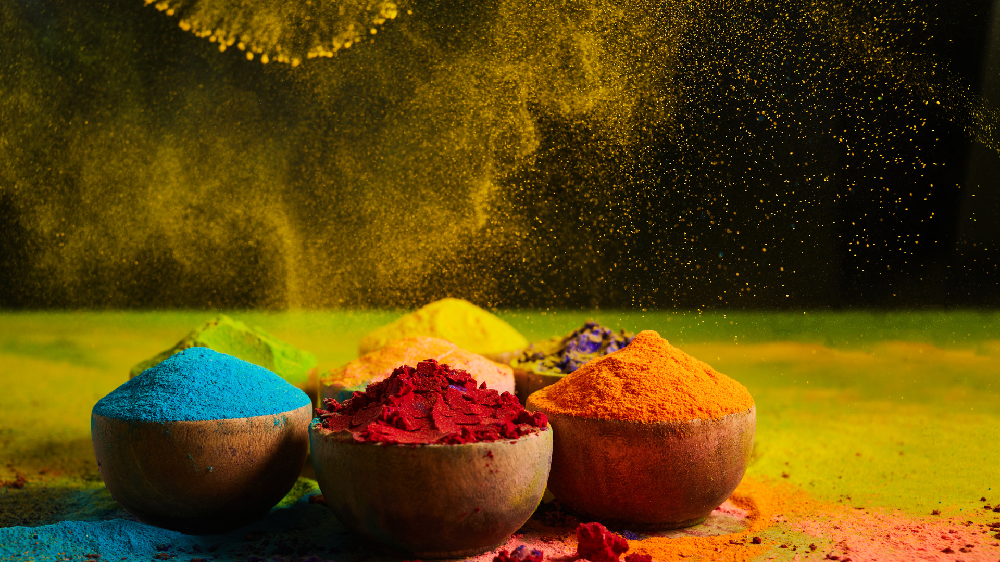- Indian handicrafts are not just products; they are embodiments of centuries-old traditions, passed down through generations.
- Each handicraft reflects the unique cultural identity of its region, showcasing diverse art forms, motifs, and techniques.
- By preserving traditional crafts, India safeguards its rich cultural heritage, ensuring that ancient knowledge and skills are not lost to modernization.
Empowering Artisans:
- Handicrafts provide livelihoods for millions of artisans across India, especially in rural areas where employment opportunities are limited.
- Artisans often belong to marginalized communities and rely on handicrafts as their primary source of income.
- Supporting Indian handicrafts empowers artisans economically, allowing them to sustain their livelihoods, support their families, and invest in their communities.
Cultural Exchange and Global Recognition:
- Indian handicrafts serve as ambassadors of Indian culture on the global stage, fostering cultural exchange and appreciation.
- International recognition of Indian handicrafts not only enhances India's soft power but also creates economic opportunities for artisans through exports and tourism.
Sustainable and Eco-Friendly Practices:
- Handicrafts are typically made using natural materials and traditional techniques, resulting in eco-friendly and sustainable products.
- By promoting handmade crafts over mass-produced goods, consumers contribute to environmental conservation and sustainable consumption practices.
Social Impact and Community Development:
- Handicrafts play a significant role in community development by creating employment opportunities, preserving cultural identities, and promoting social cohesion.
- Artisan clusters and cooperatives foster collaboration, skill-sharing, and collective empowerment within communities.
Conclusion:
- Indian handicrafts are not just commodities; they are embodiments of culture, tradition, and craftsmanship.
- By supporting Indian handicrafts, consumers contribute to the preservation of cultural heritage, the empowerment of artisans, and the promotion of sustainable and inclusive development.


 Episode 1: The Threads of Tradition
Episode 1: The Threads of Tradition Introduction:
Introduction: Market Overview: The Indian fashion e-commerce market has witnessed exponential growth, fueled by the presence of numerous e-commerce platforms catering specifically to fashion. These platforms offer a wide range of products, including ethnic wear, western wear, accessories, footwear, and more.
Market Overview: The Indian fashion e-commerce market has witnessed exponential growth, fueled by the presence of numerous e-commerce platforms catering specifically to fashion. These platforms offer a wide range of products, including ethnic wear, western wear, accessories, footwear, and more.
 Handloom Weaving: Artisans across India are known for their intricate handloom weaving techniques. Each region has its own distinctive style, producing textiles like Banarasi silk, Kanchipuram silk, and Pochampally ikat.
Handloom Weaving: Artisans across India are known for their intricate handloom weaving techniques. Each region has its own distinctive style, producing textiles like Banarasi silk, Kanchipuram silk, and Pochampally ikat.